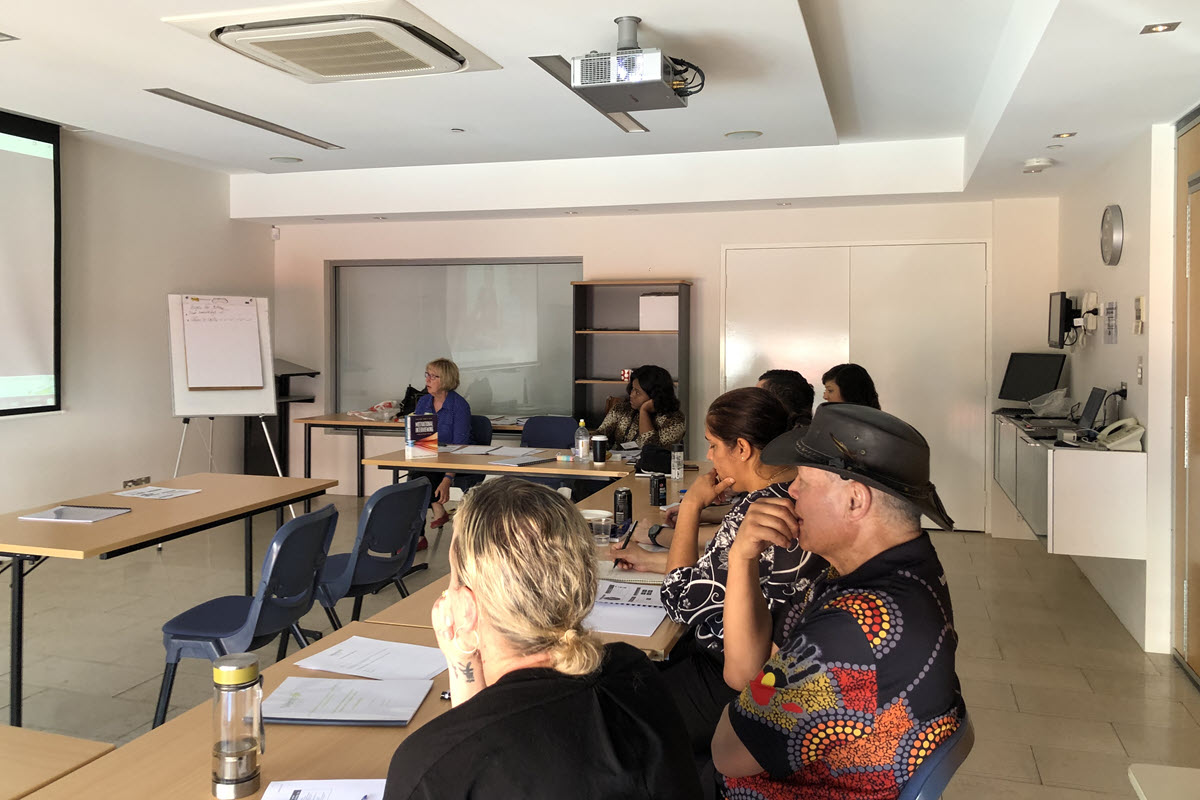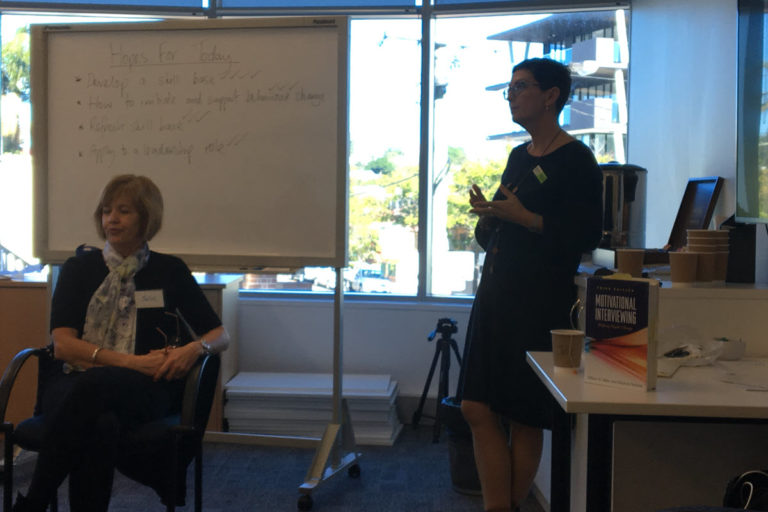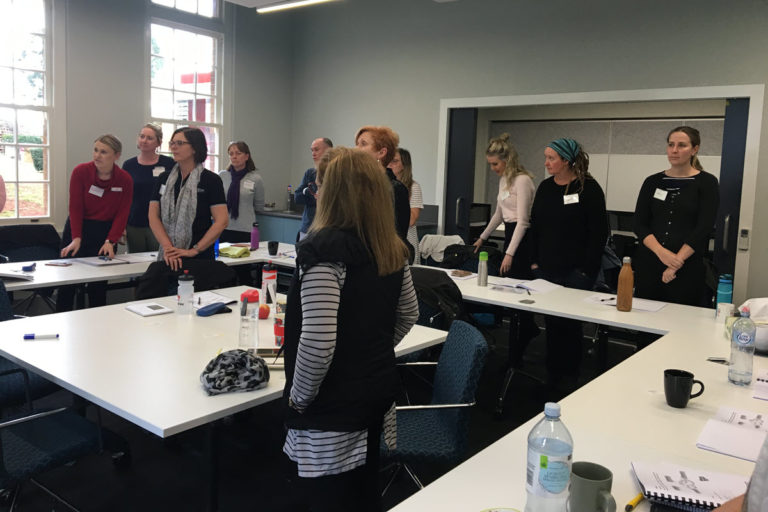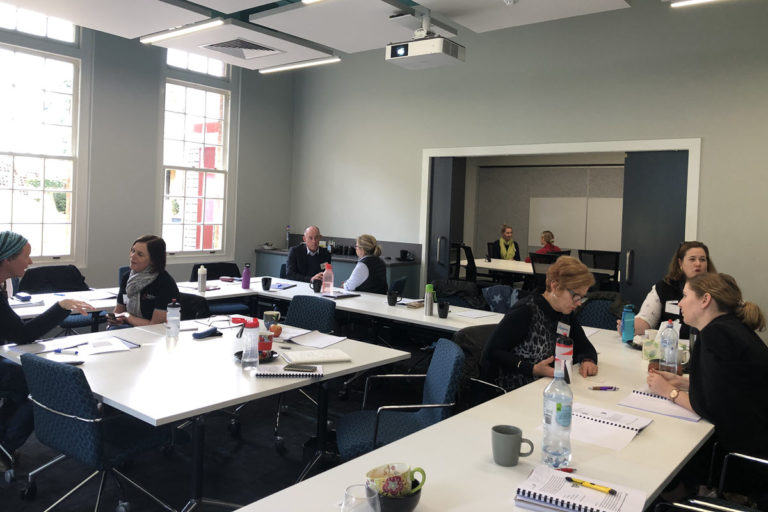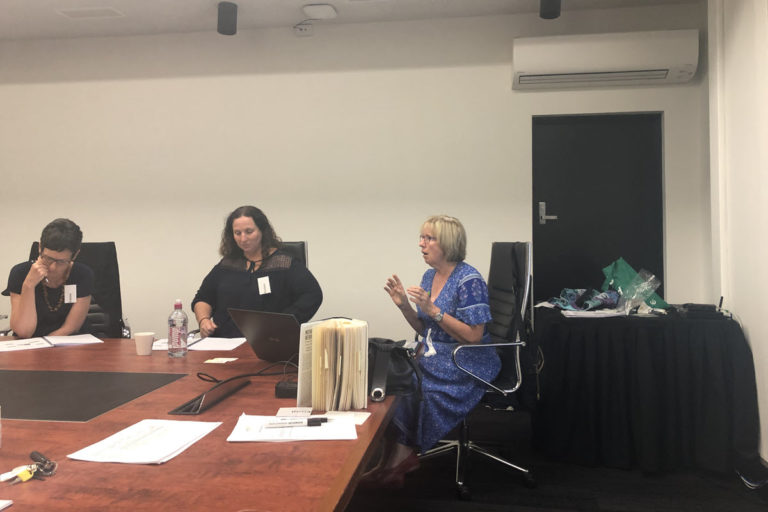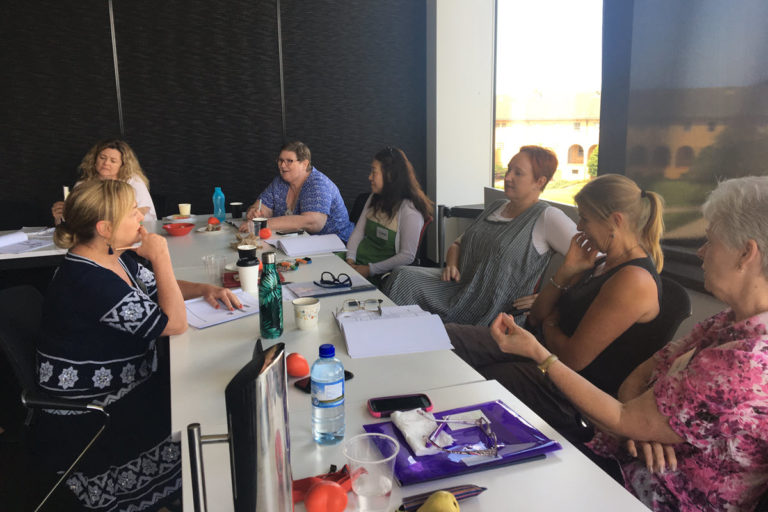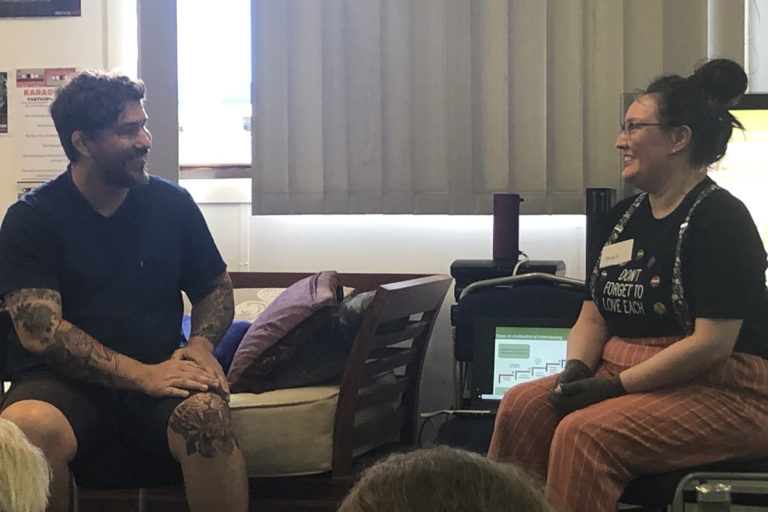Motivational Interviewing with a client struggling with alcohol use
Motivational Interviewing (MI) – two styles of communication with a client struggling with alcohol use
Rick has been convicted of drink driving and has lost his licence for four months. Because Rick’s job involves driving to see clients, his employer has stipulated he must seek counselling for his drinking behaviour. Rick arrives for his first session with his case worker. In thebrief example below, a traditional approach by a case worker (CW) is given and then a more Motivational Interviewing focused approach is offered. Note some of the clear and more subtle differences between the two approaches.
| Traditional Communication | Motivational Interviewing Communication | |
|---|---|---|
| CW | Thank you for coming here today. Can you tell me what brought you here? | Thank you for coming here today. I imagine it may have been hard for you to keep this appointment? |
| CW | Could you tell me about your drinking patterns? Do you drink everyday or do you tend to binge drink? | What thoughts came up for you when today rolled around and you knew you had this appointment? What made you decide to come? |
| CW | When did you first start drinking? Have you ever stopped drinking? | Can you tell me a bit about your relationship with alcohol? How did you and alcohol get to know each other? |
| CW | How has your drinking impacted on your life do you think? | What have been some of the good things about your relationship with alcohol? What are some of the less good things? |
| CW | What are some of the possible consequences for you if you keep drinking? | What are you thinking at the moment about your drinking? |
Miller and Rollnick (2013), explain that helping conversations with clients lie along a continuum and that the style used by the helper can be understood as directive at one end of the continuum and following at the other end. In the middle of the continuum lies the style known as guiding.
A directive style provides the client with advice, information and instruction. It has a place, for example in explaining a medication regime or in post operative care.
Following, also has a place in the helping style continuum. Sometimes people just need to heard and to ‘get things off their chest’. Some helpers believe people can be best helped by supporting them to find their own path to working out a problem.
Using a guiding style, Miller and Rollnick draw on the analogy of hiring a local guide when visiting a foreign country. The guide doesn’t just follow you about as you wander around, but listens carefully to what you want to do and see and offers their expertise if it is asked for. Guiding includes some use of the previous two styles as well as collaborating in a way that strengthens the clients motivation to change.
Look back at the above example of a traditional and motivational interviewing approach and consider what style of communication is reflected in each interaction. What do you think makes each interaction more or less helpful?
Here is a short video about a doctor talking with a client about her alcohol use:
To learn more about Motivational Interviewing or attend our next MI workshop, please contact us.
Reference
Miller, W. R., & Rollnick, S. (2013). Motivational Interviewing: Helping people change (3rd ed.). New York: Guilford Press.

